Fire Alarms + Emergency Lighting
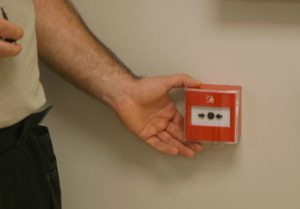 Fire Alarms and Emergency Lighting are principal services in any fire safety system.
Fire Alarms and Emergency Lighting are principal services in any fire safety system.
Thousands of businesses across the country utilise their capabilities to further protect people and property from the threat of fire.
Whilst fire alarm systems are designed to detect and alert people to the presence of fire, emergency lighting provides directions to make the safest and easiest exit from a premises.
Fire Alarm
Churches Fire & Security install, service and maintain a range of Fire Alarms, in accordance with the British Standard 5839, to suit any customer needs.
Required in most buildings as noted in the Regulatory Reform (Fire Safety) Order 2005, Alarms are installed based on the category of risk, and act as a critical part of a fire protection system.
A detailed Fire Risk Assessment will specify the category of system required to meet a business’ level of risk.
In the unfortunate event of a fire, early detection and warning to those in the vacinity is vital to ensure protection of life and the premises.
Fire Alarm Types
Category M alarms are manual systems which rely on the occupants of the building discovering the fire and operating the system to warn others. These systems are a standard requirement in places of employment, with no persons sleeping on site.
In addition to the manual means of triggering the alarm, these systems will usually have an automatic detection element, such as heat or smoke detectors.
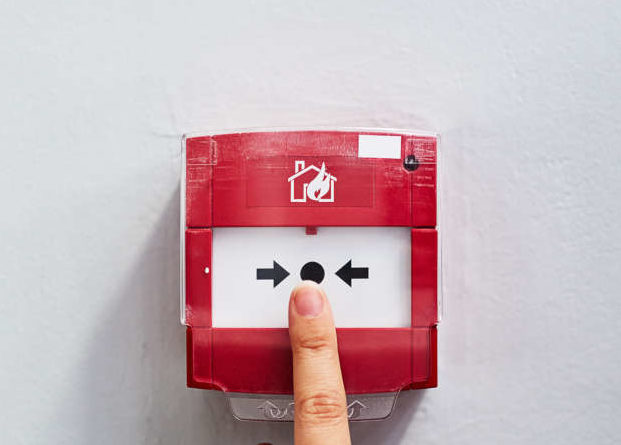
With Category 1 systems, the whole of a building is covered with minor exceptions.
Automatic fire protection in a defined area of a building is covered by a Category 2 system, as well as utilising the requirements of a Category 3 system.
The wider coverage of this system relates to parts of a premises considered to be a higher fire or hazard risk.
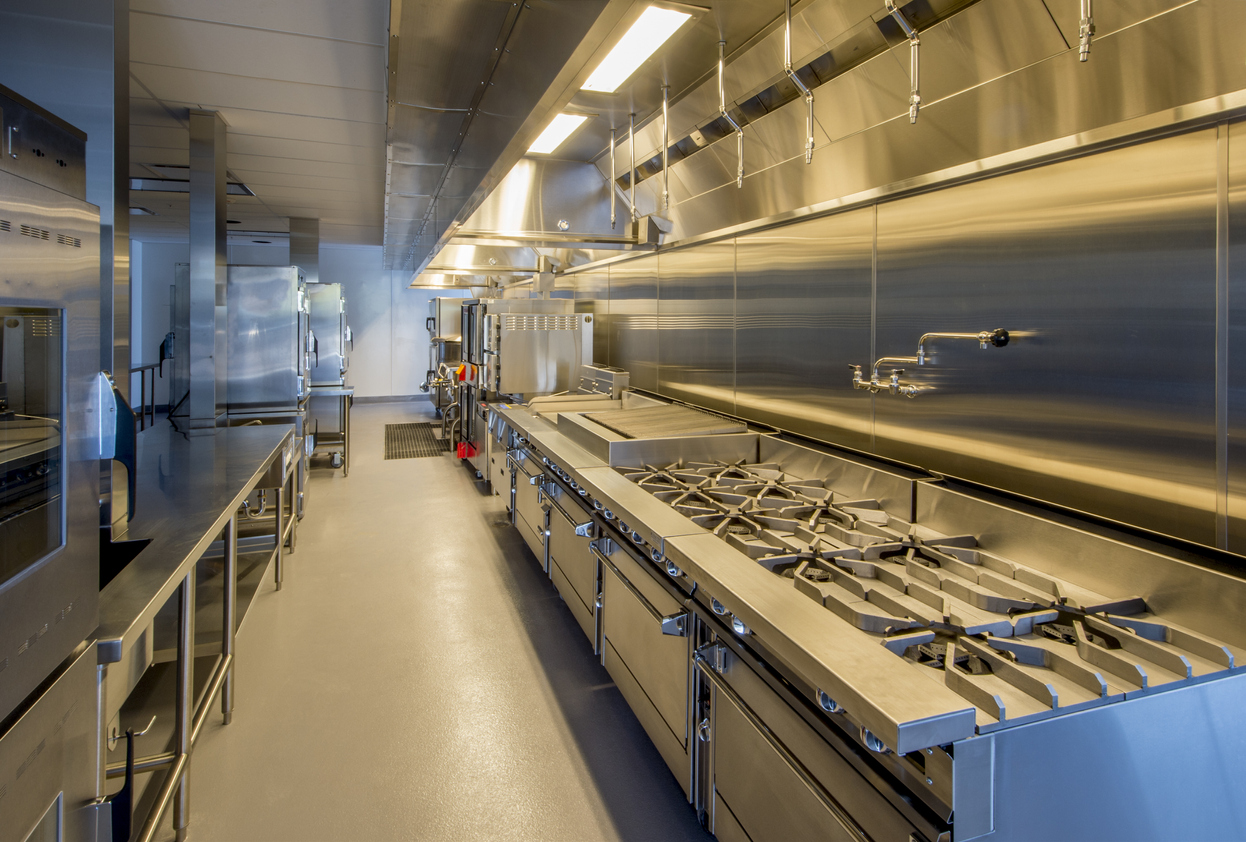
Category 3 systems provide more considerable coverage than Category 4.
Designed to warn those in a building in a timely manner to ensure all can make a safe exit, before escape routes become impassable.
A Category 4 system is designed to cover escape routes and circulation areas of a premises.
Additional detectors may be situated in other areas of the building, however the main objective is to protect escape routes.

Category 5 systems are the ‘custom’ category that relate to particular requirements that cannot be covered by any other category.
A comprehensive fire risk assessment will identify where a Category 5 system is required.
The P1 system is installed throughout a building. The main objective is to offer the earliest possible warning of fire to minimise the time between ignition and the arrival of firefighters.

P2 systems provide fire detection in designated parts of the building where there is either high risk, or where business disruption must be minimised as much as possible.
Fire Alarm Monitoring
Depending on the Category of your system, Fire Alarm Monitoring can provide peace of mind that your business is monitored in times when the premises is empty.
When an Alarm system is activated, a signal is sent immediately to an Alarm Receiving Centre (ARC). This facility is manned 24/7 by specially trained individuals who will notify the local fire service and nominated key holders.
Monitoring from Churches Fire & Security is subject to servicing and maintenance at regular intervals
Get a quote
To find out how much you could save on your Fire Alarm maintenance with Churches Fire & Security, visit our online quote builder.
Fire Alarm Quotation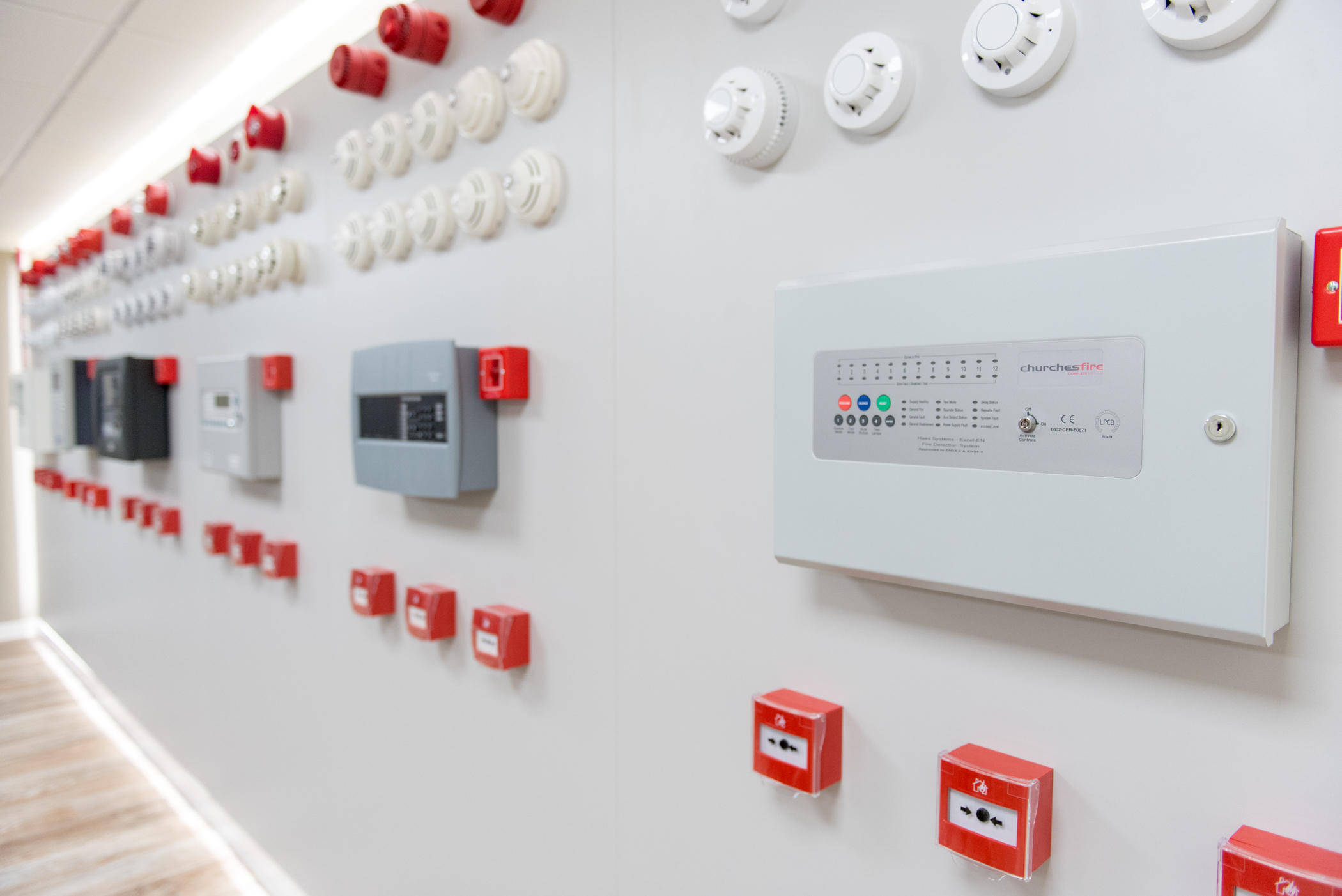
Emergency Lighting
Emergency Lighting systems from Churches Fire & Security are installed and maintained to meet the British Standard 5266 recommendations.
A requirement of the Regulatory Reform (Fire Safety) Order 2005 in non-domestic buildings, and common areas of Houses of Multiple Occupancy (HMO), Emergency Lighting is designed to illuminate escape routes and emergency exits in the event of a lighting or power failure. Lighting can also be used to direct users to the location of fire fighting equipment, such as fire blankets and extinguishers.
Maintenance + Testing
All Emergency Lighting should be tested monthly by the Responsible Person within a business. This regular testing ensures that the system will work as expected during an emergency.
We’ve highlighted what you should be checking in this short video guide.
*Please note that more thorough inspections, involving full-duration tests, are required to be carried out by a Churches Fire & Security technician.
BRITISH STANDARD UPDATES
In the 2016 edition of British Standard 5266-1, it was recommended that full-duration tests are carried out annually on each emergency light. During this essential testing, there would be no Emergency Lighting in operation until the system had fully recharged. In this situation, it can mean that the tested building could not be occupied for this duration.
Churches Fire & Security work with customers to ensure systems are in working order, and the continuation of the work day as much as possible.
Read more on emergency lighting recommendations here.
Get a quote
To find out how much you could save on your Emergency Lighting servicing and maintenance with Churches Fire & Security visit our online quote builder.
Emergency Lighting Quotation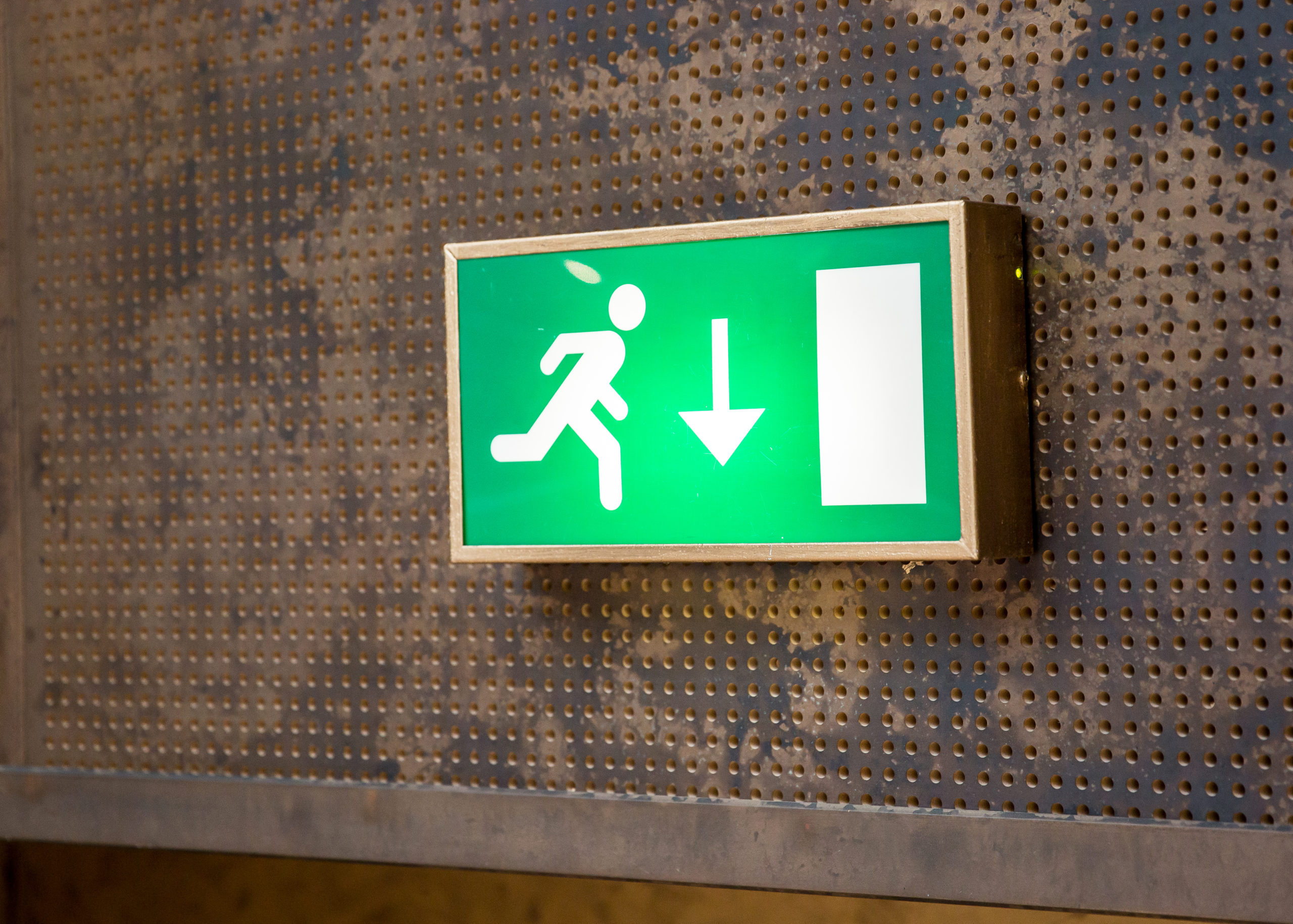
To discuss your Fire Alarm and Emergency Lighting requirements, speak to a member of our customer development team today.
Get in touch


